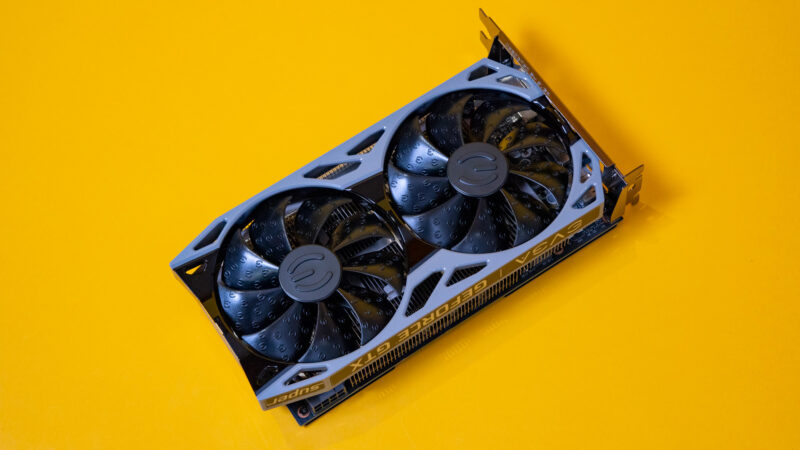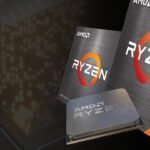The gaming world is often caught up in the latest, greatest, and shiniest new tech that hits the shelves. But sometimes, it’s worth taking a look at the older stalwarts that have proven their worth over time. In the case of graphics cards, this means stepping away from the RTX 3000 series or even AMD’s latest RDNA2 line to consider an older model that many gamers still use today: the Nvidia GTX 1660 Super.
Released in 2019, the GTX 1660 Super quickly became a darling of the mid-range gaming crowd. But now that we’re several years past its release, does it still hold up? That’s the question we’re diving into today.
Nvidia GTX 1660 Super: An Overview
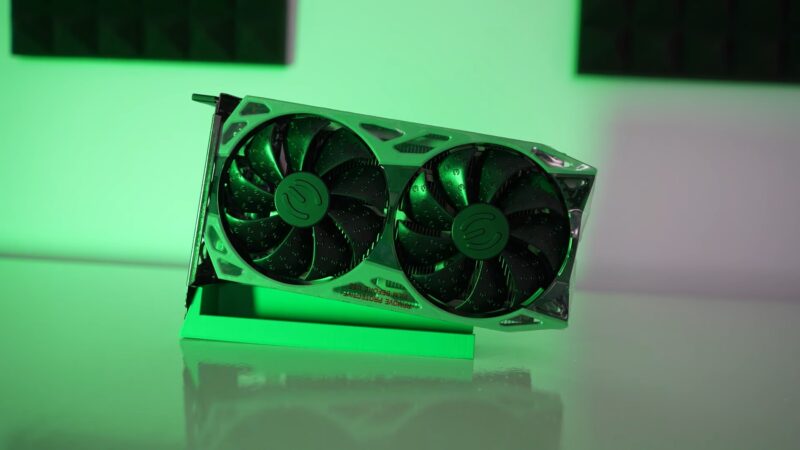
Before we delve into performance, let’s do a quick recap of the GTX 1660 Super’s technical specifications:
- CUDA Cores: 1408
- Base Clock: 1530 MHz
- Boost Clock: 1785 MHz
- Memory: 6 GB GDDR6
- Memory Speed: 14 Gbps
- Memory Interface: 192-bit
The card is built on Nvidia’s Turing architecture but does not include the RT (ray-tracing) cores and Tensor cores that were introduced in the RTX series. It’s a notable omission, but it doesn’t necessarily doom the card. After all, not every game utilizes ray tracing, and tensor cores, primarily used for deep learning, are not critical for gaming.
Performance: Gaming
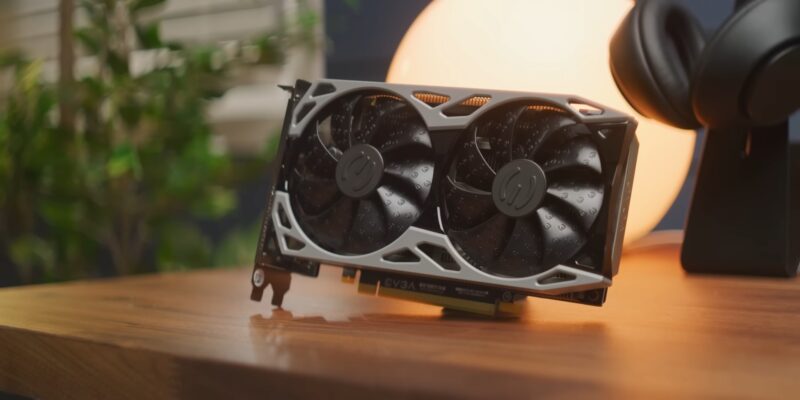
Alright, let’s get into the good stuff: gaming performance. After all, that’s why you’re here, isn’t it?
- 1080p Gaming: The GTX 1660 Super is, without a doubt, still a fantastic 1080p gaming card. In our tests, it maintained over 60 FPS on high settings in games like “Cyberpunk 2077,” “Red Dead Redemption 2,” and “Shadow of the Tomb Raider“. It can comfortably handle eSports titles like “Overwatch” and “Fortnite” on ultra settings, ensuring you’re not missing any of the action.
- 1440p Gaming: The card begins to struggle a bit at this resolution, especially with newer AAA titles. You’ll need to drop to medium or low settings to maintain 60 FPS. However, for older games or eSports titles, 1440p gaming is certainly possible.
- 4K Gaming: Here is where the GTX 1660 Super shows its age. 4K gaming is essentially out of the question for most titles unless you’re willing to dramatically drop settings and accept lower frame rates.
Performance: Non-Gaming Applications
What if you’re interested in more than just gaming? Here’s how the GTX 1660 Super stacks up:
- Video Editing: Many popular editing programs, like Adobe Premiere Pro, can utilize the GTX 1660 Super for hardware acceleration. This means faster render times and smoother timeline performance. However, for heavy-duty 4K editing or effects work, you may find the card a bit lacking.
- Streaming: The GTX 1660 Super is equipped with the Turing NVENC encoder, which is a big advantage for game streamers. NVENC offloads the task of encoding video for streaming from your CPU to your GPU, improving performance and stream quality.
- 3D Modeling: The GTX 1660 Super can handle entry to mid-level 3D modeling tasks comfortably. However, for complex simulations or 4K texturing, you may want to look at more powerful cards.
The Nvidia GTX 1660 Super in Different Scenarios
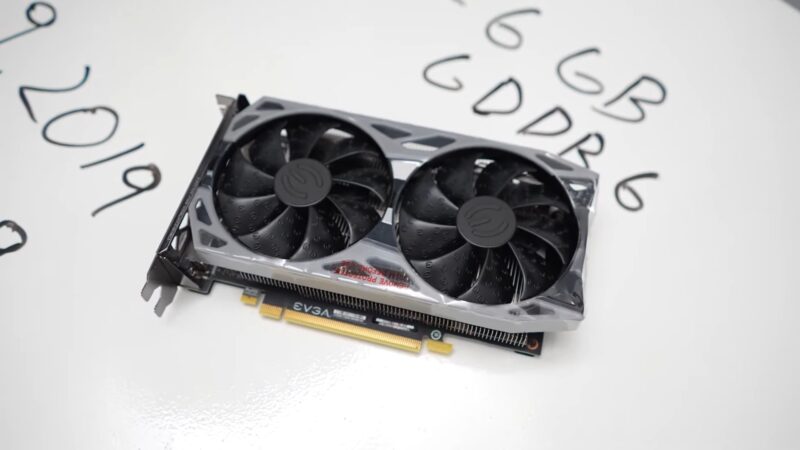
Having established the GTX 1660 Super’s capabilities, let’s dive a bit deeper into how this GPU performs in various real-world scenarios.
Upgrading From an Older GPU
If you’re using a GPU from a previous generation, such as the GTX 1060 or even the 1050 Ti, the 1660 Super will undoubtedly provide a substantial performance boost. This GPU could easily double your frame rates in many modern titles compared to these older cards. Furthermore, the move from GDDR5 to GDDR6 memory provides a significant improvement in memory bandwidth, beneficial for tasks such as video editing and 3D rendering.
Pairing with Different CPUs
The GTX 1660 Super’s performance can also vary depending on the CPU you pair it with. The card tends to perform best with mid-range CPUs, such as the AMD Ryzen 5 series or the Intel Core i5 series. Pairing it with a more powerful CPU might result in the GPU becoming a bottleneck, while a weaker CPU may not be able to keep up with the GPU, leading to decreased performance.
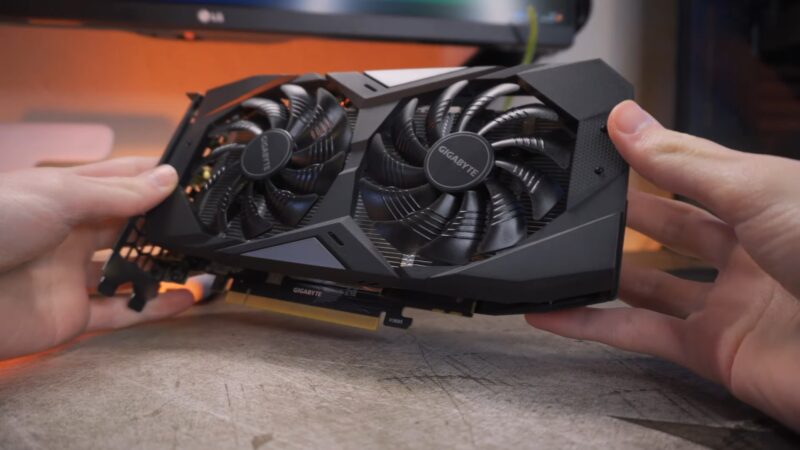
Ray Tracing and DLSS
Although the GTX 1660 Super doesn’t support hardware-accelerated ray tracing or DLSS (Deep Learning Super Sampling), Nvidia does offer software-based ray tracing on GTX cards. However, this is not recommended for the 1660 Super due to its performance impact. Without hardware support for these features, enabling ray tracing can significantly reduce frame rates. As for DLSS, which uses AI to improve image quality with less performance impact, the lack of Tensor cores on the 1660 Super means it’s not available at all.
Potential for Overclocking
The GTX 1660 Super has decent overclocking potential. Many users have reported stable performance with core clock boosts of 100-200 MHz and memory clock boosts of 200-400 MHz. While this won’t revolutionize the card’s performance, it could provide a noticeable bump in frame rates. As always, though, be cautious when overclocking. It can increase heat output and put additional stress on your card, potentially reducing its lifespan.
So, Is the GTX 1660 Super Still Good?
Yes, the Nvidia GTX 1660 Super is still a very competent graphics card, especially considering its price point. It’s an excellent choice for 1080p gaming, video editing, streaming, and 3D modeling, as long as you understand its limitations. However, for 4K gaming or more demanding tasks, you may need to consider a more powerful GPU.
The bottom line is this: if you’re a mid-range gamer looking to play the latest titles at 1080p with high settings or you’re a content creator looking for a budget-friendly GPU that can handle moderate workloads, the GTX 1660 Super still offers fantastic value.
In the end, “good” is subjective. It entirely depends on your specific needs and budget. But if we’re talking about bang for your buck, the GTX 1660 Super is still very much in the conversation. Its performance per dollar ratio remains one of the best in the market.
Final Thoughts
While it’s always tempting to splurge on the latest and greatest tech, sometimes older hardware can still provide excellent performance for a fraction of the cost. The Nvidia GTX 1660 Super is a prime example of this. It may not have the bells and whistles of newer GPUs, but it delivers where it counts: reliable, solid performance for both gaming and productivity tasks.
So, if you’re building a budget-friendly PC, or you simply don’t need the absolute highest-end GPU, the 1660 Super is worth considering. Despite being a few years old, it continues to impress with its capabilities and value proposition. And who knows? With a bit of overclocking and the right settings, you may be surprised at just how much this card can do.

